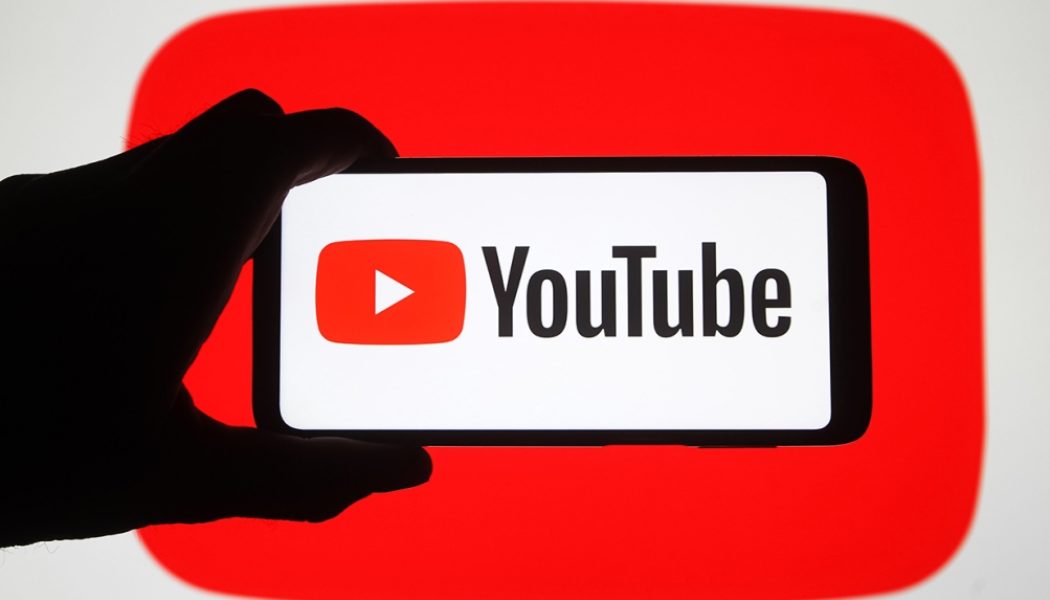
Spotify is the king of music streaming — but its lead is dwindling. YouTube generated over $6 billion to the music industry in the 12 months ended June 2022, the company announced Tuesday (Sept. 13). That was a 50% increase from the last figure YouTube reported, $4 billion over a 12-month period, in June 2020.
Reaching the $6 billion milestone raises the question of when — if at all — YouTube might surpass Spotify in terms of value to rights holders and creators. “We want our twin engine of ads and subscriptions to be the #1 contributor of revenue to the industry by 2025,” wrote Lyor Cohen, YouTube’s global head of music, in a blog post on Tuesday.
That won’t be easy, but it isn’t impossible. Consider how fast YouTube has grown since Cohen joined the company from Warner Music Group (where he was chairman/CEO of recorded music) in 2016.
YouTube Music reached 30 million subscribers in October 2020 and announced the 50-million subscriber in September 2021 — a 67% increase worth 20 million subscribers in less than a year. In 2017, a year before YouTube Music launched, the company’s two music streaming platforms — Google Play and YouTube Red — had a combined 5 million subscribers, Billboard reported at the time. YouTube’s announcement Tuesday did not include an update on its subscriber count for YouTube Music.
Spotify has handily maintained its lead over YouTube, Apple Music and Amazon Music in numbers of subscribers. Over roughly the same time YouTube added 20 million subscribers (the third quarter of 2020 to the third quarter of 2021) Spotify added 28 million subscribers, to 172 million, and finished the second quarter of 2022 with 188 million. It’s still pushing hard, too, betting big on podcasts and audiobooks to bring in more customers.
But YouTube has the benefit of being the planet’s de facto source for video content. With 2.6 billion monthly users as of January 2022, according to Statista, YouTube ranks behind only Facebook in global audience size. That massive footprint gives YouTube an opportunity to monetize free users through advertising and convert some small percentage of users into paying customers. YouTube goes a step beyond other music streaming platforms by monetizing a range of music videos: short- and long-form videos, live videos and audio-only tracks. User-generated content accounted for 30% of royalties paid to the music industry — the same proportion as its June 2021 announcement.
Spotify paid out $7 billion in royalties to the music in 2021, up 40% from $5 billion in 2020, according to the company’s annual Loud & Clear report. That was $1 billion more than YouTube just announced and six months earlier.
Since YouTube provided a mid-year statistic, comparing YouTube’s latest figure to Spotify requires estimating the latter’s royalties for the period ended June 30, 2022. Spotify doesn’t specify music royalties in its income statements, however. Music royalties are lumped with other expenses — including some podcast content — into cost of sales, which were $9.1 billion (7.96 billion euros) in the 12-month period ended June 30.
Using Spotify’s ratio of music royalties-to-cost of sales from 2021, the company would have paid out about $7.6 billion in the 12-month period ended June 30, 2022, the same period covering YouTube’s $6 billion in music royalties. In this back-of-the-envelope calculation, Spotify’s music royalties were roughly 27% greater than YouTube’s for the same period.
Cohen’s goal of surpassing Spotify by 2025 would require YouTube to outgrow Spotify over the next two and a half years. It would take a significant different in royalty payout growth rates, however. If Spotify can manage to grow music royalties by 20% annually, YouTube would need to increase its payouts to the music industry by 32%.
Not long ago, the music industry railed against YouTube for paying what many people considered substandard royalties despite owning a massively popular platform. Now, seven years after the launch of the YouTube Music subscription service, YouTube is a vital source of both promotion and revenue.
In the press release, Michael Nash, executive vp of digital strategy at Universal Music Group, noted YouTube’s “an exponential increase in payouts to recording artists, songwriters, labels and the entire music ecosystem.” Annabella Coldrick, CEO of Music Managers Forum welcomed the “significant uplift in payments from YouTube” that’s “very positive news for artists and songwriters in a time of economic uncertainty and rising touring costs.”
[flexi-common-toolbar] [flexi-form class=”flexi_form_style” title=”Submit to Flexi” name=”my_form” ajax=”true”][flexi-form-tag type=”post_title” class=”fl-input” title=”Title” value=”” required=”true”][flexi-form-tag type=”category” title=”Select category”][flexi-form-tag type=”tag” title=”Insert tag”][flexi-form-tag type=”article” class=”fl-textarea” title=”Description” ][flexi-form-tag type=”file” title=”Select file” required=”true”][flexi-form-tag type=”submit” name=”submit” value=”Submit Now”] [/flexi-form]










Tagged: Analysis, business, entertainment blog, music blog, Royalties, Spotify, Streaming, YouTube, youtube music